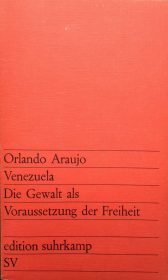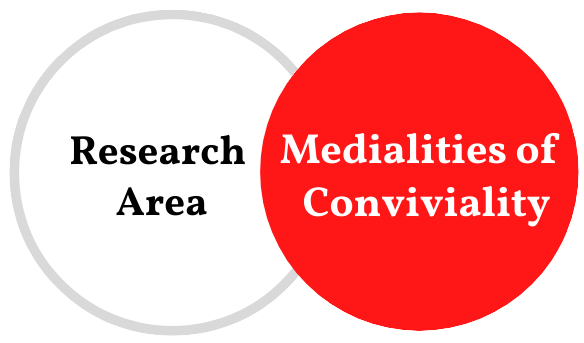Latin America within the rainbow-collection edition Suhrkamp: Dependency and Liberation (1968-1980)
Global Convivial Forum
How was it possible for Latin American peripheral authors to appear in major European collections, given the structural asymmetries and inequalities in the international circulation of knowledge?
Between 1963 and 1980, Günther Busch edited the first 1000 books of the edition, one of the most influential collections of literature, essays, and theory by the publishing house Suhrkamp, directed by Siegfrid Unseld in Frankfurt am Main from 1959. The collection was the centre of the renewal of critical theory in the Federal Republic of Germany that George Steiner famously called “the Suhrkamp culture”.
Graphic artist Willy Fleckhaus’s concept for the cover of the edition was in itself a revolution in the history of design in Germany. The presentation was simple: the cover shows only the book’s title and author, and the publisher’s imprint. Each volume in the ongoing series shows one of the spectral colours. Starting with violet, this results in a continuous rainbow on the bookshelf.
Among a large majority of European authors, such as the world-famous Adorno, Barthes, Benjamin, Bloch, Brecht, Habermas, Foucault, and Marcuse, as well as the neo-Marxist theorists of the United States Paul Baran, Paul Sweezy, and the Englishman Maurice Dobb, the collection included 28 authors that focused on the two key issues of Latin American thought of the 1960s and 1970s: Dependency and Liberation.
The publication of Latin American authors becomes especially relevant if one takes into account that the intellectual production of the global South, with some exceptions, had not previously been recognised in the North as a theoretical contribution, but was instead linked to revolutionary praxis or Latin America as an object of study.
Although from 1969 different West German publishing houses participated in translations of Latin American social theory, the publication in the edition Suhrkamp, which had an extraordinary symbolic capital not comparable with other publishers, guaranteed circulation among a vast intellectual audience, inside and outside academia.
My research deals with the following question: How was it possible for Latin American peripheral authors to reach the editors of these major collections within the framework of structural asymmetries and inequalities in the international circulation of knowledge?

Example of an edition by an Latin American author in the edition Suhrkamp (1969).
Image Credit: Clara Ruvituso
Clara Ruvituso Postdoctoral Investigator at Mecila
This unusual circulation developed within the framework of the long-term political and cultural transformations marked by the student movements of 1968. Also, as a result of the international impact of the Cuban Revolution from 1959, and later the experience of Chilean popular unity (1970–1973) and the triumph of Sandinismo in Nicaragua in 1979, Latin America underwent a period of unprecedented centrality in transregional political and cultural perception and recognition in Europe.
The picture shows the interconnected succession of Latin American books formed by putting them together, building their own corpus for research.
Image Credit: Clara Ruvituso


